Does a big change have to slow you down?
How many times have you read recently that companies are in the throes of unprecedented change? We’re all tired of hearing it, but it’s true. On top of all the organic changes we face – the need for new strategy, systems, skills, and structures – the pandemic has added a layer of fundamental change.
For example, nearly every organization has had to reconsider where and how its employees work. And it’s no wonder – a large portion of the work force likes working remotely, and over half of employees would consider quitting rather than returning to the office before they feel safe.
Just when we think we’ve considered all possibilities, we see new changes on the horizon. California, for example, is considering making a 32-hour work week the law.
Business leaders need to land on a model that works for them and then help employees make the shift. No matter what leaders decide, it amounts to another wave of change.
Which leads me to change management – helping your business survive and thrive through multiple change initiatives. Approaching big change fills many leaders with resignation that, at a minimum, the organization is in for a bumpy ride.
Why? Because there is always a drop in performance after a change event.
But there isn’t. And there shouldn’t. It’s a pervasive myth. The fact that we expect one creates a self-fulfilling prophecy.
Our mindset is powerful, and it can work against us. Remember the four-minute mile? It was assumed to be an absolute limit of human performance, until Roger Bannister broke it. He broke it because he did the hard work of preparation, and because he believed he could. And after he believed, other elite runners followed. Not because they were suddenly physically stronger, but because they saw it was possible. Roger Bannister had taken the teeth out of 4:00.
Steady (or improving) performance through a change event is no less possible than a sub-four-minute mile.
Setting the expectation that there will be a drop in performance is giving your power away, just as those runners used to. It’s creating a haven for sloppy change interventions.
Drops in performance don’t have to happen. They happen when we have not:
- Clearly defined the performance required after the event. In other words, we have not described the specific actions each person must perform differently on Monday morning.
- Mapped the before and after, from each individual’s point of view. For example, where are the resources people used to depend on? What new resources are in their places?
- Let people practice the skills needed for these new actions. We haven’t let them try, fail, use the new tools and resources, and find a way to succeed.
- Convinced our people that they need to perform these new actions – that the change is vital to the organization and there’s nowhere to go but forward.
- Allowed them to demonstrate their own success, so they won’t be afraid to go all in.
Anything new here? Nope. But here’s the issue: we have spent our days believing in the performance drop, and working to minimize it. What if our change planning made the drop unacceptable? What if the metrics we talk about, but never measure, included an immediate timeframe to adoption: start-to-success within three months?
These steps take significant effort and attention to detail. They require steely commitment. I suspect we’re afraid to step up to the task. And we’re afraid to demand the same of the sponsor whose neck is on the line for delivery.
We’re afraid because we’re looking down. We expect hard times, lower performance, and lots of confusion and adjustment after the change. So our sponsors and our people hesitate.
What if, instead of asking them to weather the dip, we ask them to move upward and only upward? What if we tell them that, after all that ground work (in the bullets above), we’ll be stepping UP, not down?
When an executive has gone to the board for a transformational change, make sure they know how to lead the team in this way. Their careers hang in the balance. Give them the option to support you in doing the right work so your organization steps up — only up — to new levels of success.




